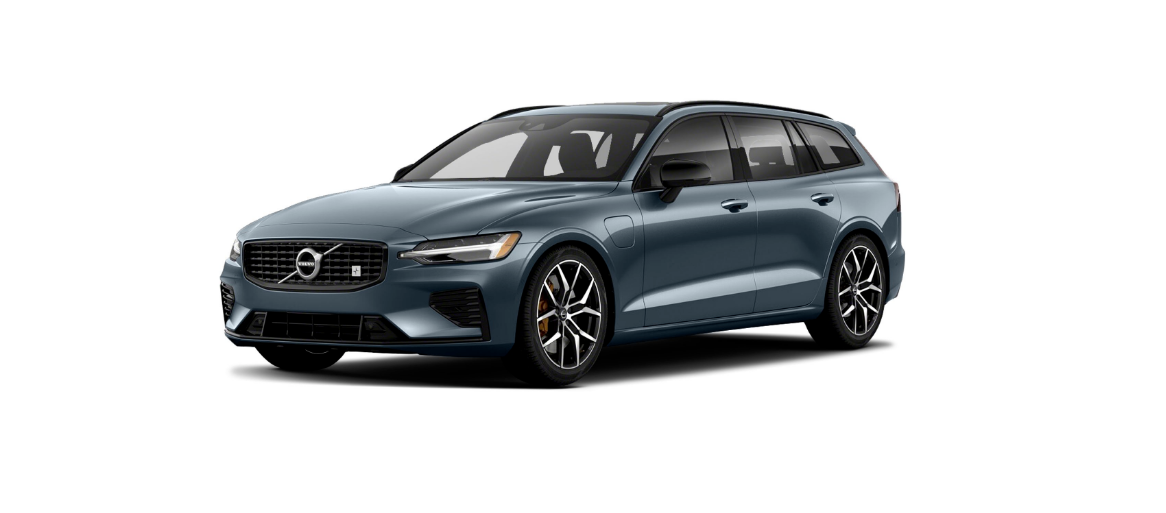Reasons for snaking
The snaking phenomenon can occur with any car/trailer combination. Snaking normally occurs at high speeds. However, there is a risk of it occurring at lower speeds if the trailer is overloaded or the load is improperly distributed, e.g. too far back.Triggering factors for snaking may, for example, include:
- Car with trailer subjected to a sudden and powerful side wind.
- Car with trailer drives on an uneven road surface or in a pothole.
- Sweeping steering wheel movements.
If snaking has started, it could be difficult or even impossible to suppress. This makes the car/trailer combination difficult to control and there is a risk that you could end up in the wrong lane or leave the carriageway.
Trailer stability assist function
The trailer stability assist function continually monitors the car’s movements, particularly lateral movements. If snaking is detected, the front wheels are individually braked. This serves to stabilise the car/trailer combination. This is often enough to help the driver regain control of the car.If snaking is not eliminated the first time that trailer stability assist intervenes, the car/trailer combination is braked with all wheels and the car’s traction is reduced. Once snaking has been gradually suppressed and the car/trailer combination is stable once again, the system stops regulating and the driver once again has full control of the car.Trailer stability assist may fail to intervene if the driver uses severe steering wheel movements to try to rectify the snaking because in such a situation the system cannot determine whether it is the trailer or the driver causing the snaking.


When Trailer Stability Assist (TSA) is operating, the ESC symbol flashes in the driver display.
Note
Retrofitting a towbar requires an update of the car’s software, contact a Volvo dealer.
Checking trailer lamps
When connecting a trailer – check that the trailer lamps work before departure.
Checking trailer lamps
Automatic checking
- After a trailer is connected electrically, it is possible to ensure that the trailer lamps are working via an automatic lamp activation. The function helps the driver check that the trailer lamps are working before starting off.
- When a trailer is connected to the towbar, the Perform a trailer lamp check? message is shown in the driver display.
- Confirm the message by pressing the right-hand steering wheel keypad’s O button.
- The lamp check starts.
- Exit the car to check lamp functionality.
- All trailer lamps start to flash – then the lamps are switched on one at a time.
- Visually check that all lamps available on the trailer are operational.
- After a moment, all lamps on the trailer flash again.
- The check is complete.
Rear fog lamp on trailer
When connecting a trailer, there may be instances when the rear fog lamp on the car does not illuminate. In theses cases, rear fog lamp functionality is transferred to only the trailer. Therefore, in these cases, check when the rear fog lamp is activated that the trailer is equipped with rear fog lamp in order to drive the vehicle combination in a safe manner.
Symbols and messages in the driver display
If one or more of the trailer’s direction indicators or brake light bulbs is broken, the driver display shows a symbol and a message. Other lights on the trailer must be checked manually by the driver before setting off.
| Symbol | Message |
| | Right trailer turn indicator malfunction Left trailer turn indicator malfunction |
| | Trailer brake light malfunction |
If any lamp for the trailer’s direction indicators is broken, the driver display symbol for direction indicators will also flash more quickly than normal.




